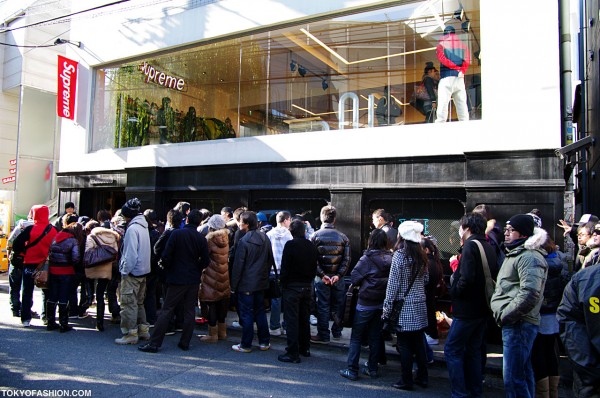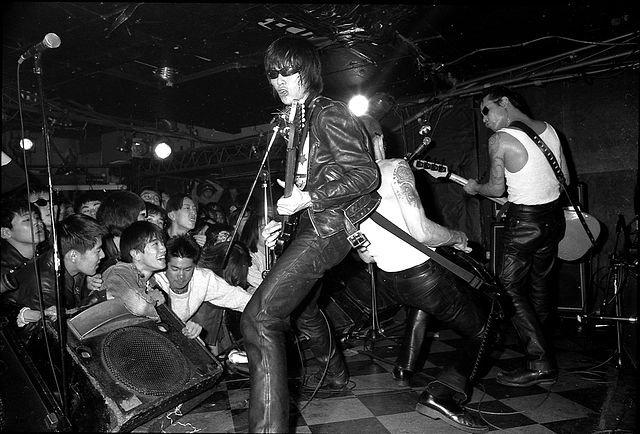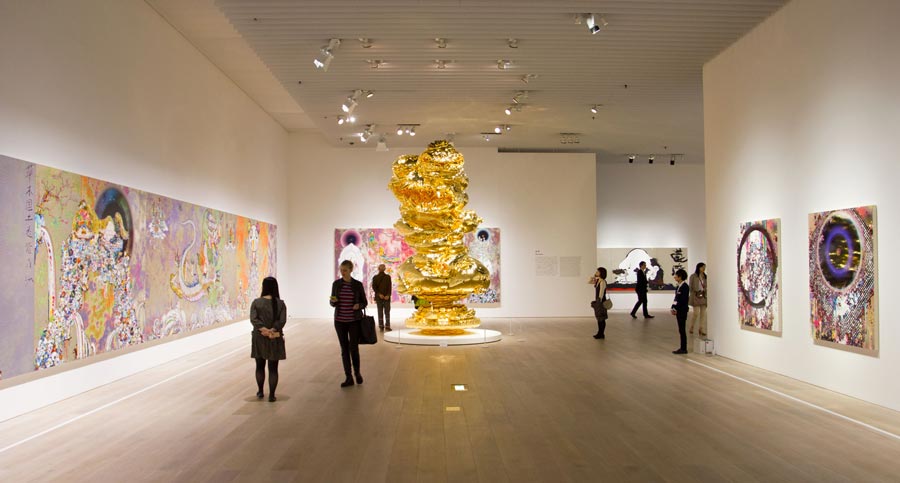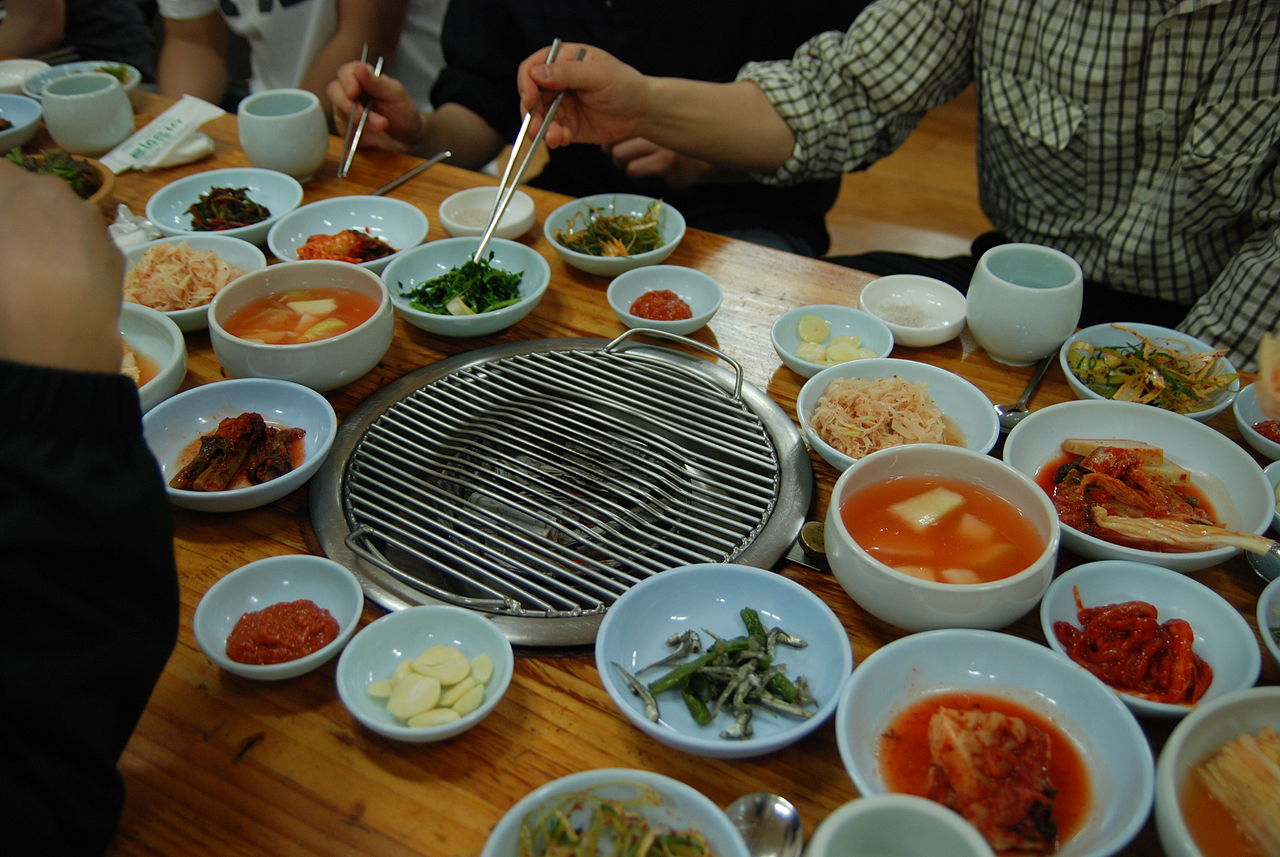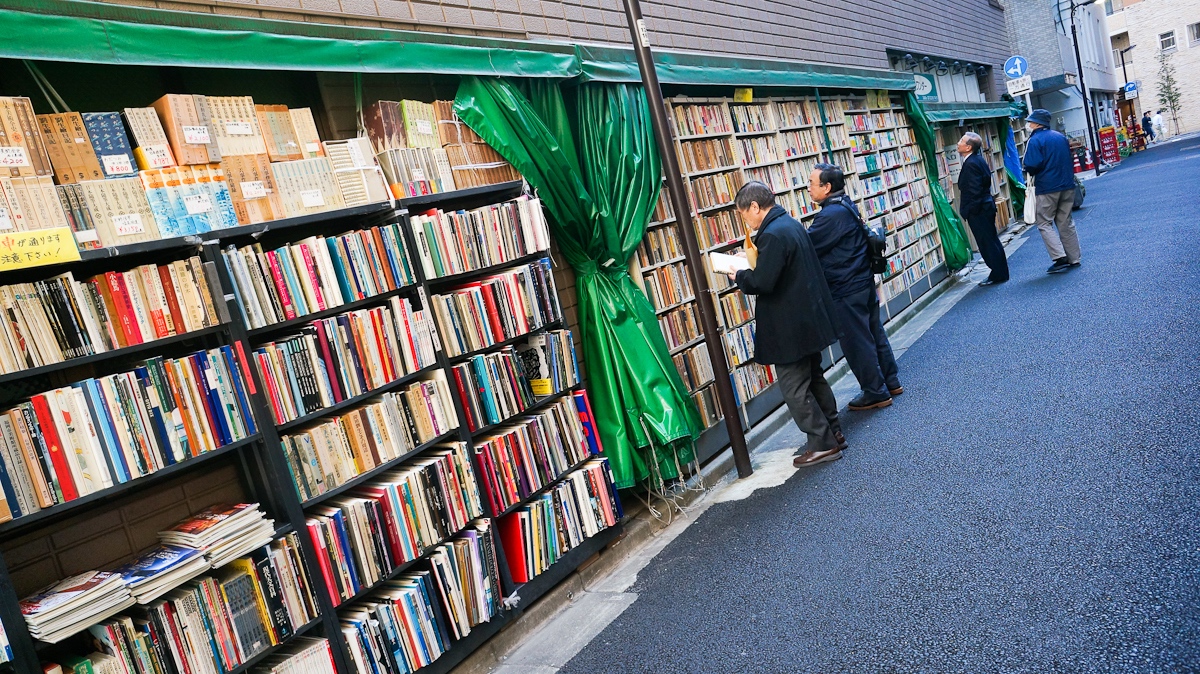
For a city with such an iconic identity it’s fascinating to notice that Tokyo is a compartmentalised city. You can go from the super futuristic lights of Akihabara’s tech-toy outlets to the dusty footpaths of Jinbōchō aka ‘book town’ in just 10 minutes.
What’s so endlessly fascinating about Tokyo is that each major suburb has its own speciality—or subculture. Of course most people have heard about ‘Harajuku girls’ but the Japanese propensity to turn casual fandom into full-blown obsession goes way beyond just fashion. Here’s a guide to the healthiest and most interesting subculture obsessed areas of this city.
- By: Lucy Dayman



